RobotLAB Blog
Everything You Need To Know About Robotics in Businesses
The heroines STEM: Ten women in science you should know
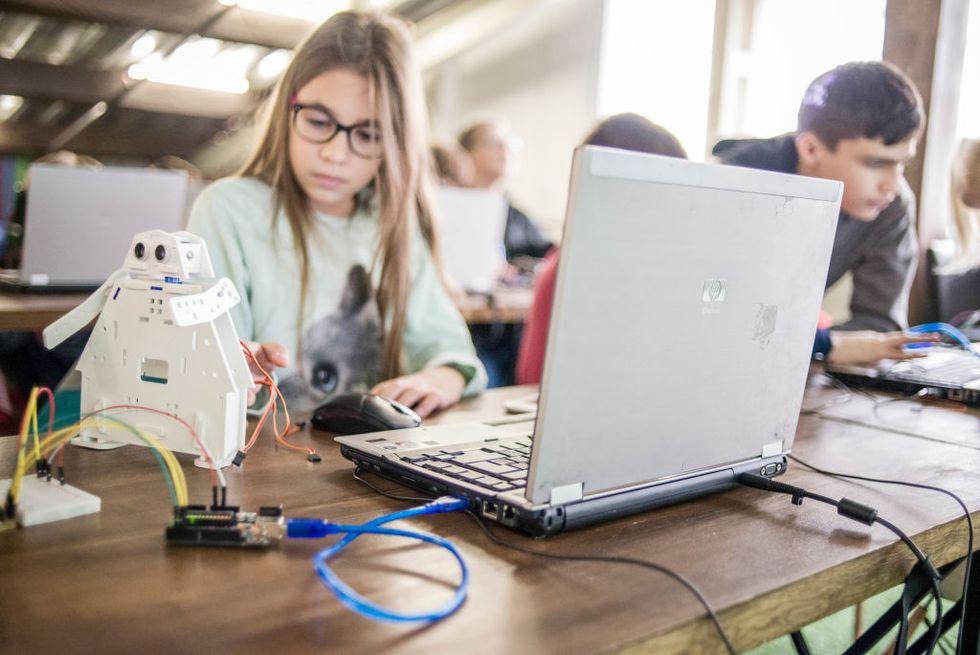
Science is often considered a male-dominated field. In fact, according to United Nations data, less than 30% of scientific researchers worldwide are women.
Studies have shown that women are discouraged from, or become less interested in, entering the fields of science, technology, engineering and math (STEM) beginning at a young age. And according to the Pew Research Center, women remain underrepresented in engineering, computer science and physical science.
But despite challenges of gender discrimination and lack of recognition in the scientific community, countless inspiring women in these fields have made historic contributions to science and helped advance understanding of the world around us.
Many were not recognized in their own lifetimes, but their achievements have helped generations of female scientists to come. We all learned about Marie Curie and Jane Goodall, but here are 10 more women in science you should know.
- 0 Comments
- Feb 19, 2020 10:00:00 AM
- Posted by Natalia Galvis
- Topics: EdTech, STEM, 21st Century Classroom, Technology, Elementary, STEMchat, Edchat, girlsinSTEM
Benefits of Technology in the Classroom

As we sail through the 21st century, technology in the classroom is becoming more and more predominant. Tablets are replacing our textbooks, and we can research just about anything that we want to on our smartphones. Social media has become commonplace, and the way we use technology has completely transformed the way we live our lives.
Educators, too, have seen firsthand the benefits of technology in the classroom. They also recognize the importance of developing these technological skills in students so they will be prepared to enter the workforce once they complete their schooling.
- 0 Comments
- Feb 17, 2020 10:10:00 AM
- Posted by Natalia Galvis
- Topics: EdTech, STEM, 21st Century Classroom, teachers, Robots,, Technology, Elementary, STEMchat, Edchat, Digital Technology
Challenges in STEM education and how teachers can overcome them
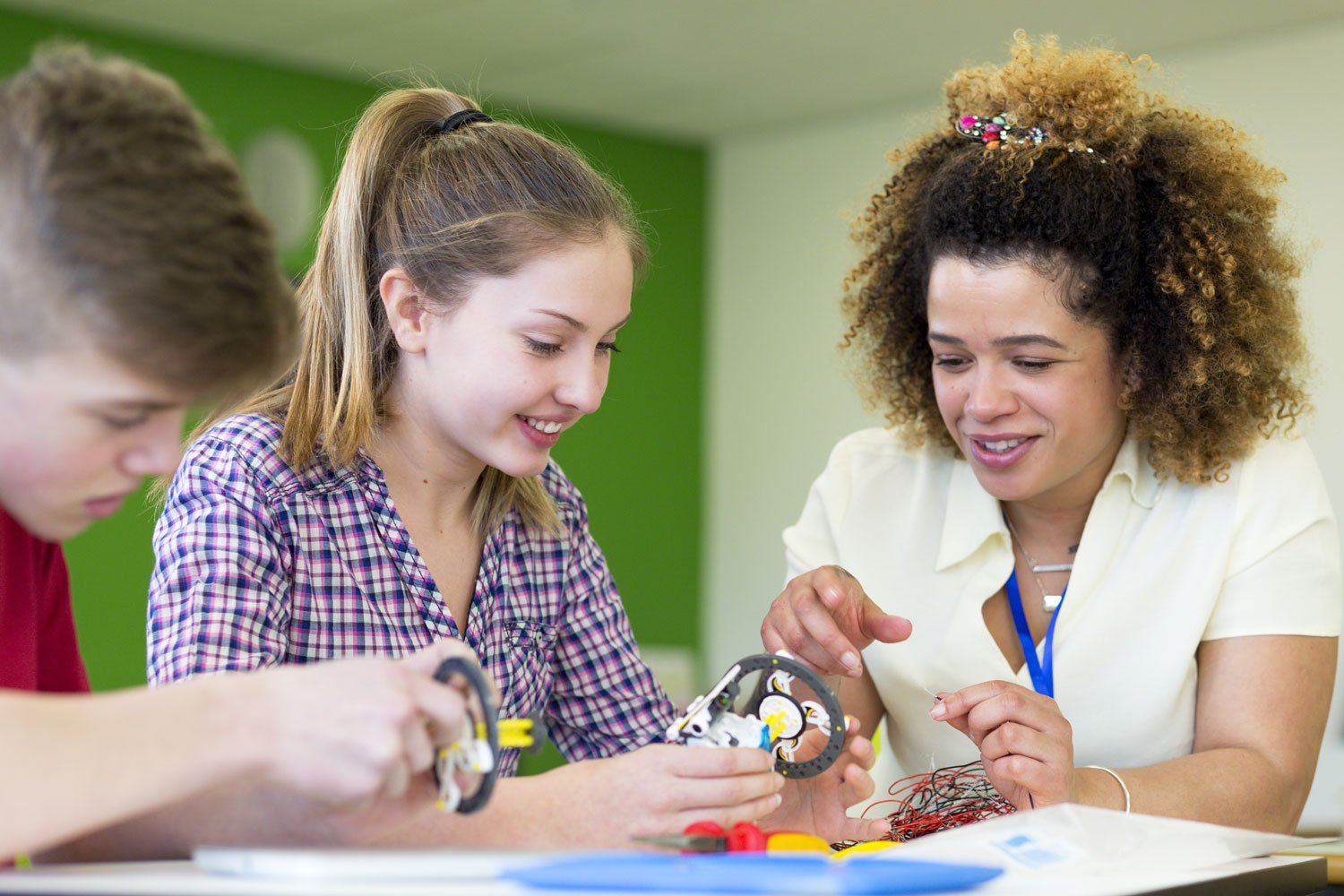
Teachers are a huge influence on a student’s choice of subject matter or their decision to pursue a STEM career. The evidence from the ICM-S survey suggests that students’ decisions to study STEM in college can be directly influenced by classroom instruction and teacher advising. However, student motivation can be a huge problem for even the best of teachers. But teachers also face a lot of challenges when it comes to STEM education.
Here are the top challenges that most teachers face and a few suggestions for how to tackle them.
- 0 Comments
- Feb 14, 2020 10:00:00 AM
- Posted by Natalia Galvis
- Topics: Robotics, EdTech, STEM, 21st Century Classroom, teachers, Robots,, Elementary, STEMchat, Edchat
Curious About Classroom Makerspaces? Here’s How to Get Started.
Makerspace is a rapidly growing trend in schools across the country, but to be honest, I’ve never implemented one myself, and I can’t quite picture the logistics of orchestrating a Makerspace. How do kids know what to do? How can you find out what they’re learning? How do you make time for that with all the other tasks crammed into the school day? And how do you keep the Makerspace from turning into a chaotic mess?
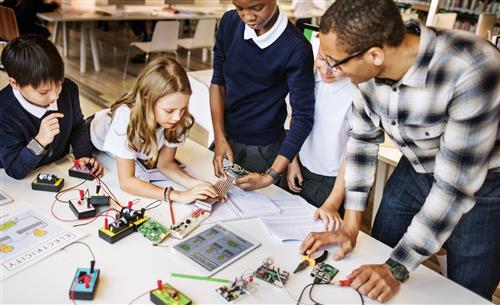
- 0 Comments
- Feb 13, 2020 10:08:52 AM
- Posted by Natalia Galvis
- Topics: Robotics, EdTech, STEM, 21st Century Classroom, Robots,, Elementary, Makerspace, STEMchat, Edchat
5 Benefits of STEM for Girls
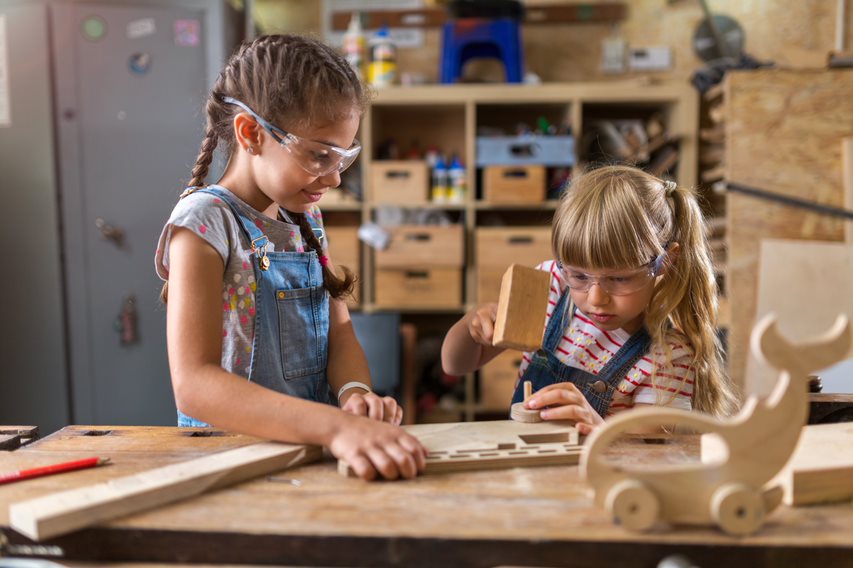
As technology advances, STEM for girls is becoming increasingly relevant. Yet, despite this importance, many still believe that STEM is not for girls. Nonetheless, evidence shows that such thinking is not the reason but the cause of us having a lack of women in STEM.
Let’s investigate what the benefits of STEM for girls are.
- 0 Comments
- Feb 12, 2020 10:10:00 AM
- Posted by Natalia Galvis
- Topics: Robotics, EdTech, STEM, 21st Century Classroom, Robots,, Elementary, STEMchat, Edchat
How Is AI Used In Education - Real World Examples Of Today And A Peek Into The Future

While the debate regarding how much screen time is appropriate for children rages on among educators, psychologists, and parents, it’s another emerging technology in the form of artificial intelligence and machine learning that is beginning to alter education tools and institutions and changing what the future might look like in education. It is expected that artificial intelligence in U.S. education will grow by 47.5% from 2017-2021 according to the Artificial Intelligence Market in the US Education Sector report. Even though most experts believe the critical presence of teachers is irreplaceable, there will be many changes to a teacher’s job and to educational best practices.
- 0 Comments
- Feb 11, 2020 10:00:00 AM
- Posted by Natalia Galvis
- Topics: Robotics, EdTech, STEM, 21st Century Classroom, Artificial Intelligence, Robots,, Elementary, STEMchat, Edchat, AI
The Real Importance of STEM Education in Elementary School
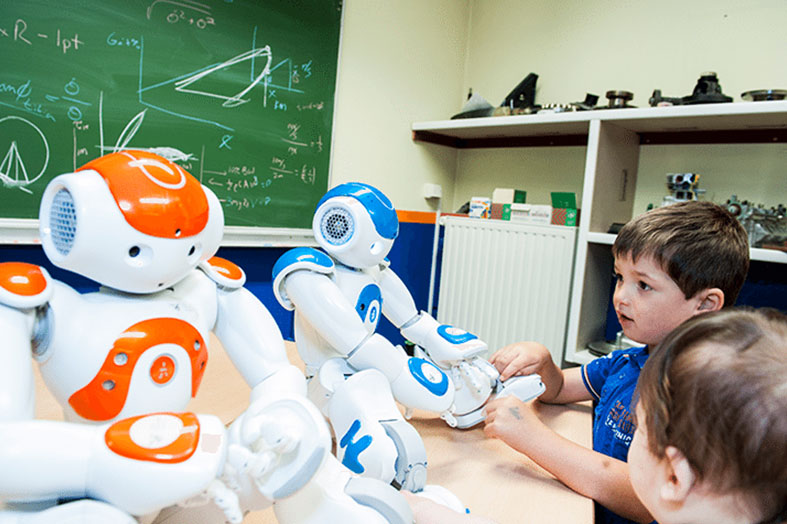
As a nation, our education industry has recognized a shortcoming in our students. We’ve fallen behind other industrialized countries in terms of STEM-related fields, which include Science, Technology, Engineering, and Mathematics. Not only does a STEM-focused education open students to new subjects, it also allows for different learning methodologies to be utilized.
- 0 Comments
- Feb 10, 2020 10:00:00 AM
- Posted by Natalia Galvis
- Topics: Robotics, EdTech, STEM, 21st Century Classroom, Robots,, Elementary, STEMchat, Edchat
NAO Robotics Program by Champions at Beebe Elementary / Naperville School District
Some students at Beebe Elementary have storytelling down to a science. Naperville News 17's Evan Summers learned more about these students and their robots.
- 0 Comments
- Mar 8, 2016 10:55:50 AM
- Posted by Elad Inbar
- Topics: NAO, Before and After School Programs, Elementary
Brilliant Little Girl Shares Insights on Cubelets
When we introduce children to cubelets, we have them assume the role of robot investigators. Kids form simple hypotheses on each new component works and then test it by building robots and seeing how robot behavior changes. This robot building process teaches kids to be creative when solving their problems.
- 0 Comments
- Nov 20, 2015 8:30:00 AM
- Posted by Kate Morgan
- Topics: Cubelets, Modular Robotics, Elementary
Story about Robot Olympics in an Elementary School
For many people, the activity 'Robot Olympics’ is not too far-fetched because it at least paves the way for something that is highly possible on a larger scale in the future. Here you have 10-year-olds creating their own little contraptions with simple and amazing tools to discover how things work. The results varied considerably with some robots needing a little coaxing on the way. However, everyone gets the basic idea about robots from this event as they are able to tinker around with Dash and Dot.
- 0 Comments
- Nov 19, 2015 11:40:00 AM
- Posted by Kate Morgan
- Topics: Dash and Dot, Elementary
Relevant Posts
- Augmented Reality: A Tool for Teaching Students Robot Programming
- Fostering Innovation Through Youth Education in STEM and EdTech
- How Parents Can Foster STEM Learning Beyond the Classroom
- How Robotics Cultivates a Deep Understanding of Mathematics in Students
- RobotLAB Receives EDTech Chronicle 2023 ‘BESTIE’ Award for Landmark Partnership with American Samoa Dept. of Education.
Subscribe to Email Updates
-
I Want To Learn MoreADDITIONAL INFORMATION
